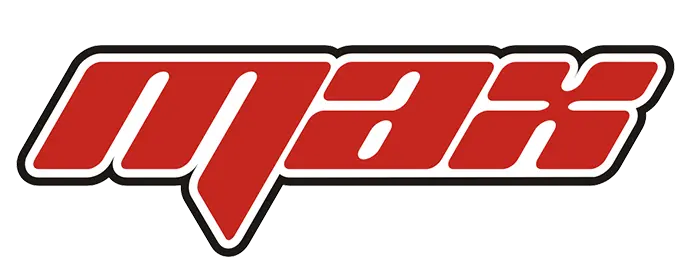Structure
The ball joint structure is fundamentally comprised of two essential components: the ball and the socket. The ball, typically spherical in shape, serves as the interface for connecting to one component, while the socket, a hollow sphere, is attached to the other component.
This design is inherently resilient to heavy loads and high stresses, rendering it highly suitable for applications in demanding environments. Nevertheless, akin to any mechanical component, the ball joint structure is susceptible to wear and tear over time and may necessitate replacement.

Components
- Cylinder: The shock absorber’s outer cylindrical housing houses most of the internal parts.
- Piston: Inside the cylinder, a movable piston is attached to the piston rod. It moves up and down, featuring valves or openings that allow hydraulic fluid to flow.
- Piston Rod: Extending from the piston, this rod connects the top of the shock absorber to the vehicle chassis and the bottom to the suspension system.
- Hydraulic Fluid: Filling the cylinder, hydraulic fluid (commonly oil) flows through the piston and piston rod during compression and extension. It provides damping resistance and absorbs energy.
- Valves: Shock absorbers have various valves, like rebound and compression valves, that regulate the flow of hydraulic fluid, enabling adjustments to the suspension’s behavior.
- Mounts and Bushings: Shock absorber mounts secure the unit to the vehicle body and suspension. Bushings, often made of rubber or urethane, absorb vibrations, reduce noise, and prevent wear.
- Rod Guide: The rod guide ensures smooth movement of the piston rod.
- Nitrogen Gas and Gas Chamber: A chamber within the compression chamber or cylinder contains nitrogen gas. This prevents the hydraulic fluid from forming bubbles, ensuring consistent performance.
- Washer and Plates: Washers and plates serve as spacers and play an important role among the shock absorber parts.
- Coil Spring or Leaf Spring (optional): In some cases, shock absorbers are integrated with coil springs or leaf springs, resulting in coil-over or leaf-spring-over shock setups.
- Dust Cover/Bellows: A rubberized protective cover wraps around the piston rod, safeguarding it from dust, debris, and contaminants, which extends the shock absorber’s life.
All of these components function in a coordinated and harmonious manner to mitigate shocks and vibrations, thereby ensuring a smooth and controlled driving experience. Additionally, they contribute to enhancing stability, handling capabilities, and overall comfort.
Types
- Twin-tube Shock Absorber: These provide resistance during both compression and rebound of the springs and are often used in modern vehicles with flexible springs. Twin-tube shock absorbers have two cylinders and are mostly filled with hydraulic oils. Twin-tube shock absorbers should only be installed vertically.
– Advantages: This type of absorbers have a few advantages, for example, you would experience a better drive with firm stability of the parts. It reduces harshness and the lean while cornering. As there are two cylinders, the inner cylinder gets protected so the parts also have a long life span. Still twin tube types are more affordable than Mono-tube Shock Absorbers.
– Disadvantages: Yet there are some disadvantages too. Firstly, the launching position can be inconvenient as it should only be installed vertically, reducing the number of choices. Secondly, it can be very sensitive while holding heat.
- Mono-tube Shock Absorber: These offer resistance only during the rebounding stage of operation. Mono-tube shock absorbers have single cylinders filled with gas. These Mono-tube shock absorbers can be installed either upside down or right side up, and it will still work just fine.
– Advantages: Mono-tube shock absorbers also have advantages; they allow secure ride with better control and responsiveness in steering. They also have better heat dissipation making it less stressed out. Additionally, you can install these absorbers in any angle, yes, even bottom up.
– Disadvantages: Of course mono-tube shock absorbers also have little drawbacks. Firstly, they have a shorter life span as these are exposed directly to outer pollution. Secondly, they could be more expensive than twin-tube shock absorbers.

